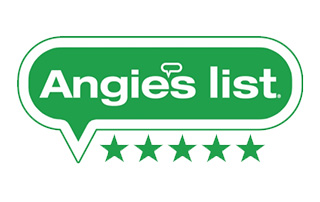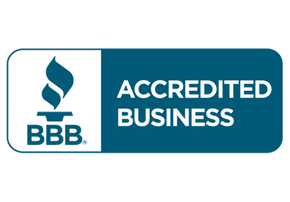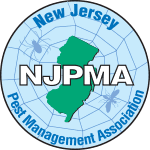CRANE FLIES CONTROL

Crane flies are a common pest in New Jersey. Adult crane flies look like large, oversize mosquitoes; and are often mistaken for oversized mosquitoes and may appear to be menacing due to their alarming size since adult crane flies look like large, oversize mosquitoes. Some can be millimeters in length whereas some have up to a 10-inch leg span. Depending on where you live, you may know them as mosquito hawks, mosquito eaters, or daddy-longlegs. Despite the nicknames, crane flies feed on flower nectar, not mosquitoes. They are brown with thin, gangly long legs and wings that protrude from its body.
Not sure if you have a crane flies problem? Or maybe you want to learn more about how crane flies control works. Check out the following information to clarify some questions you may have.
Library Shortcuts
- Should I be concerned about crane flies?
- Signs of crane flies infestation
- Why do I have crane flies on my property?
- Tips to prevent crane flies
Should I be concerned about crane flies?
Crane flies are relatively harmless and more of a nuisance than a destructive or biting pest, unlike mosquitoes, they will not bite even if you catch them in between your hands. Their size and erratic activity can cause panic, but in reality, crane flies pose no imminent threat to humans.
Mature crane flies often annoy residents when they fly into homes and bump against the walls or ceilings. They are clumsy flyers and may bump into you if you are standing in their flight path, but that’s all you will experience. They will accidentally fly into you and move on. If you see crane flies outdoors on the inside, there is no need to panic.
It’s their larvae known as “leatherjackets” that may scalp lawns during foliar feeding and damage the root systems as well. Damaged lawns may appear yellow or have bare spots. Crane-fly larvae can potentially affect cereals and produce crops, nursery stocks, bare root and container stock, and flowers as well. Additionally; some wildlife, such as birds and skunks, may disrupt lawns when foraging for larvae in the grass. The wildlife feeding on larvae and swarms of mature adult crane flies may become nuisance species for homeowners.

Signs of crane flies infestation
As mentioned before, adult crane flies do not cause an infestation, but the larva does. The following are some signs you can look for to identify a larvae infestation:
- Unhealthy yellow grass, patches of dead brown grass, or bare dirt areas.
- Brownish-grey larvae about 1 inch long when digging into your soil where the infestation is heavy and see brownish paste.
- Extensive areas of larvae will attract predators like birds and skunks, and they will dig at the lawn to get at the larvae.
Why do I have crane flies on my property?
It is at the end of September when the crane flies come into our homes to keep warm and look for a mate. Lawns near wooded areas or open fields often have a population of crane flies. In their mature form, the adult females lay eggs in the grass.
When the larvae emerge, they are attracted to the roots of grasses, decaying organic matter, decaying wood, vegetation, and turf; since they feed on them. Some larvae also feed on small aquatic insects, invertebrates, and any decaying plant life found near the surface of streams. Dampness and heavy rainfall increase their numbers. On the other hand, adult crane flies don’t feed and live for only a few days, just long enough to mate and reproduce.

Tips to prevent crane flies
Since adult crane flies don’t live long and aren’t dangerous, you want to prevent mainly the larvae. The following are some tips that may help you avoid an infestation:
- Reduce their habitat by increasing the vigor of turfgrass and using beneficial nematodes.
- Dethatching and lawn aeration, implement a lawn care regiment that includes both of these chores at least once a year.
- Reduce the water you apply to your lawn since crane flies need a moist environment to survive.
Want a Free Estimate?
Need to Schedule Service?
Have a Questions?
WHAT WILL WE DO?
Our crane flies control process typically consists of the following stages:
- Confirm or discard the existence of crane flies in your home through an inspection
- Identify the factors that may be causing and contributing to the infestation
- Offer pest control programs to get the problem under control
- Treat the existing crane fly population and prevent future infestations
What our clients are saying
Our Partners and Awards
Service Areas
New Jersey:
Ocean County
Essex County
Passaic County
Morris County
Hudson County
Bergen County









